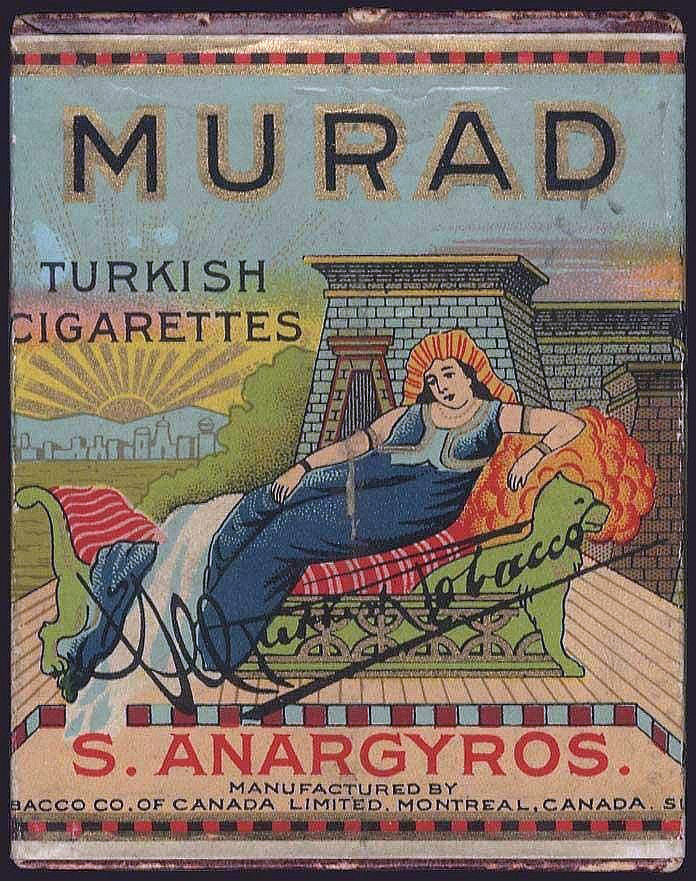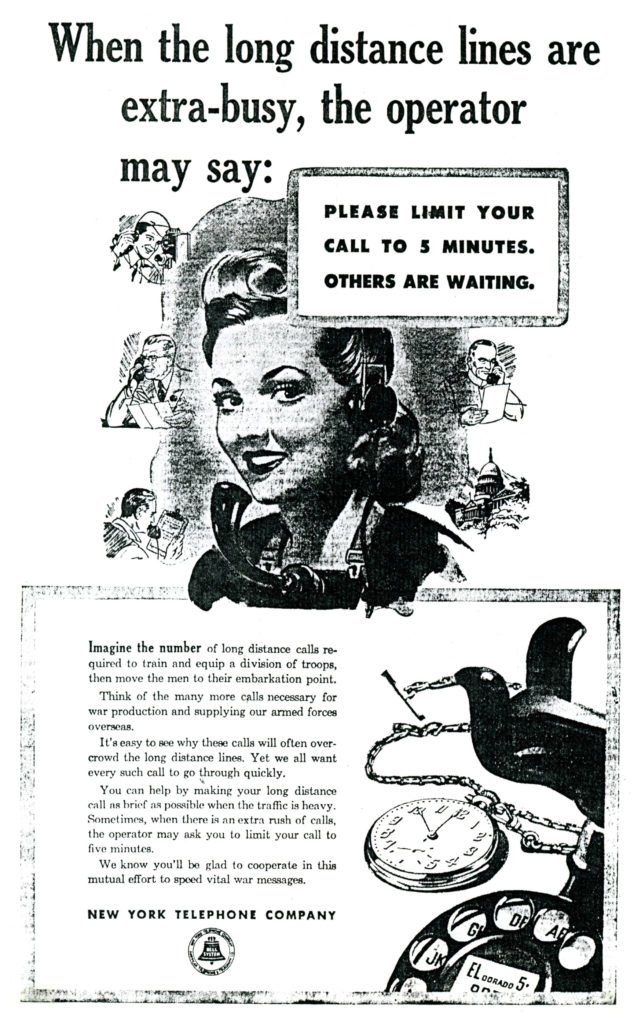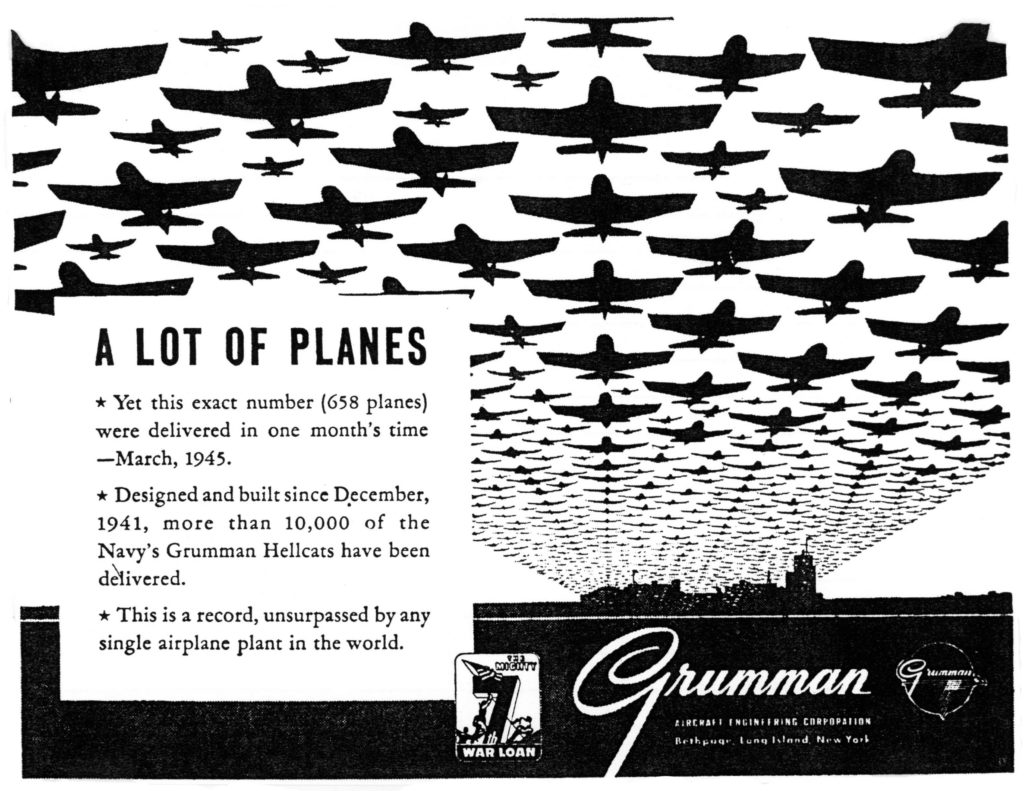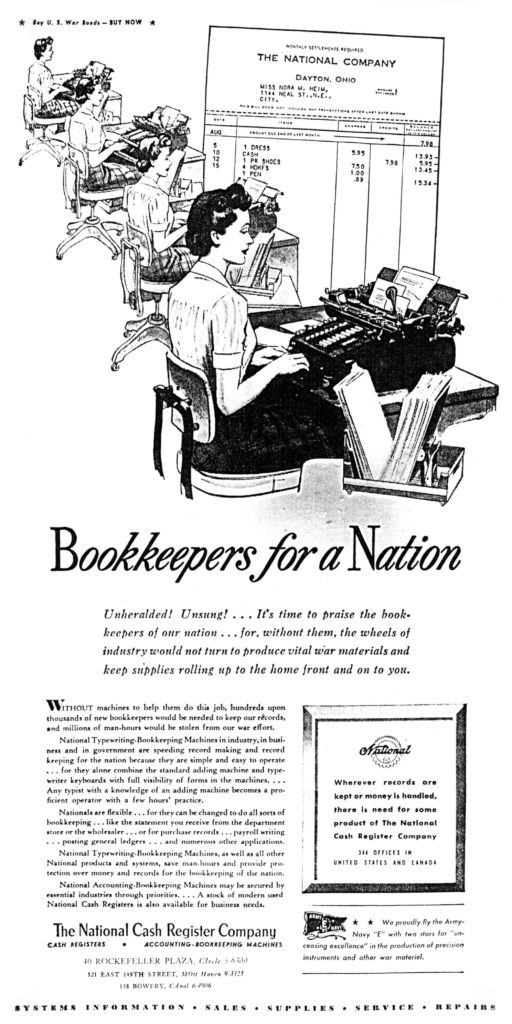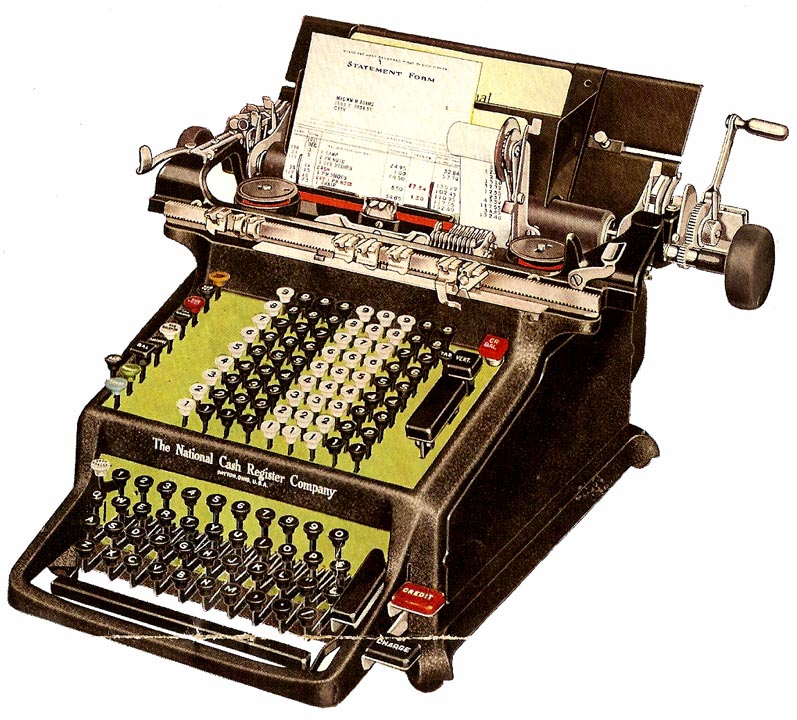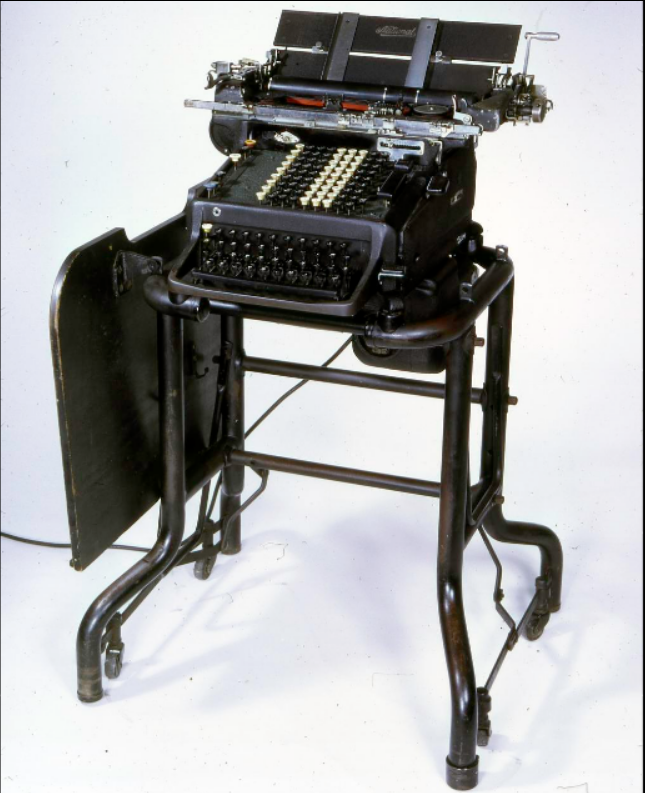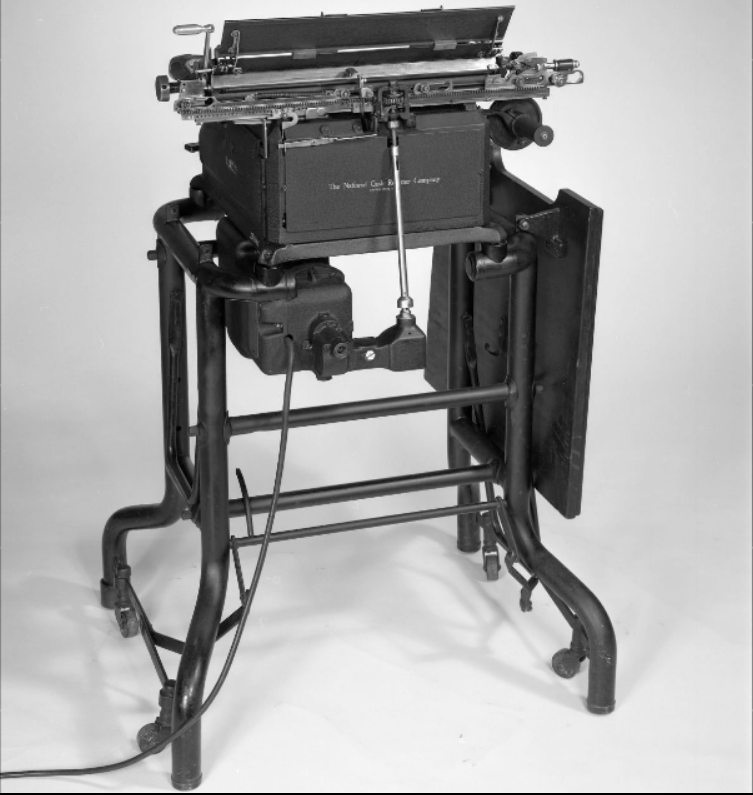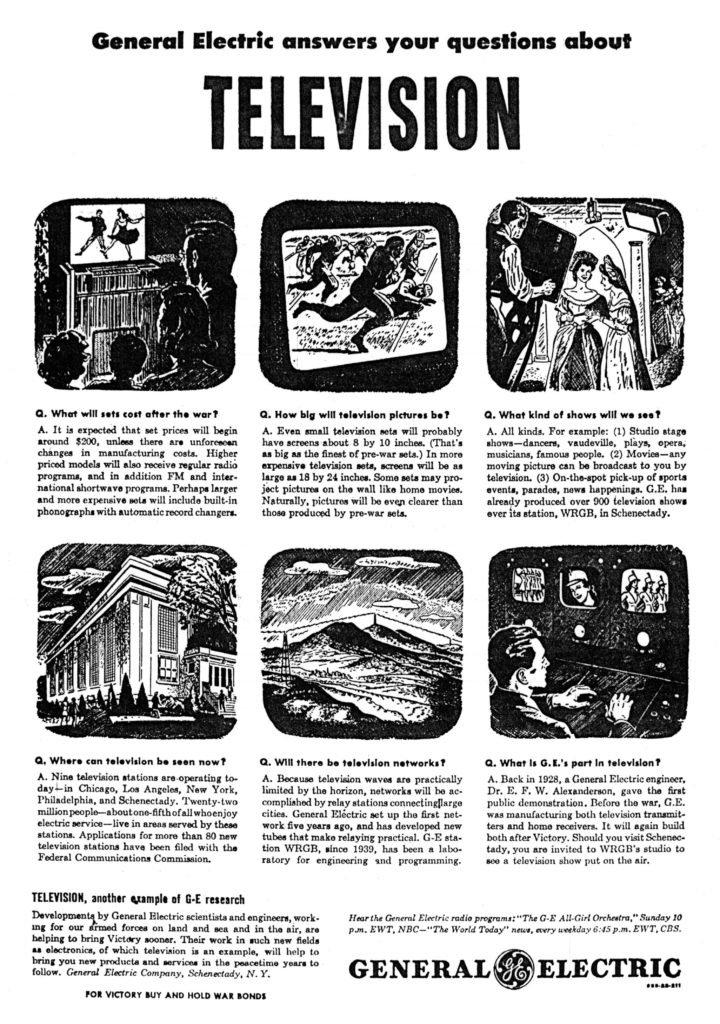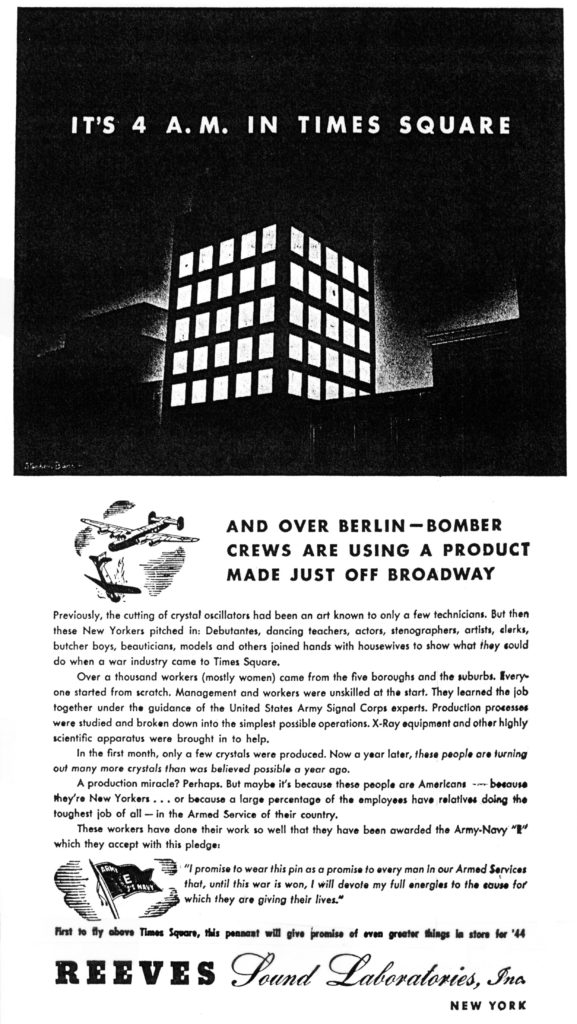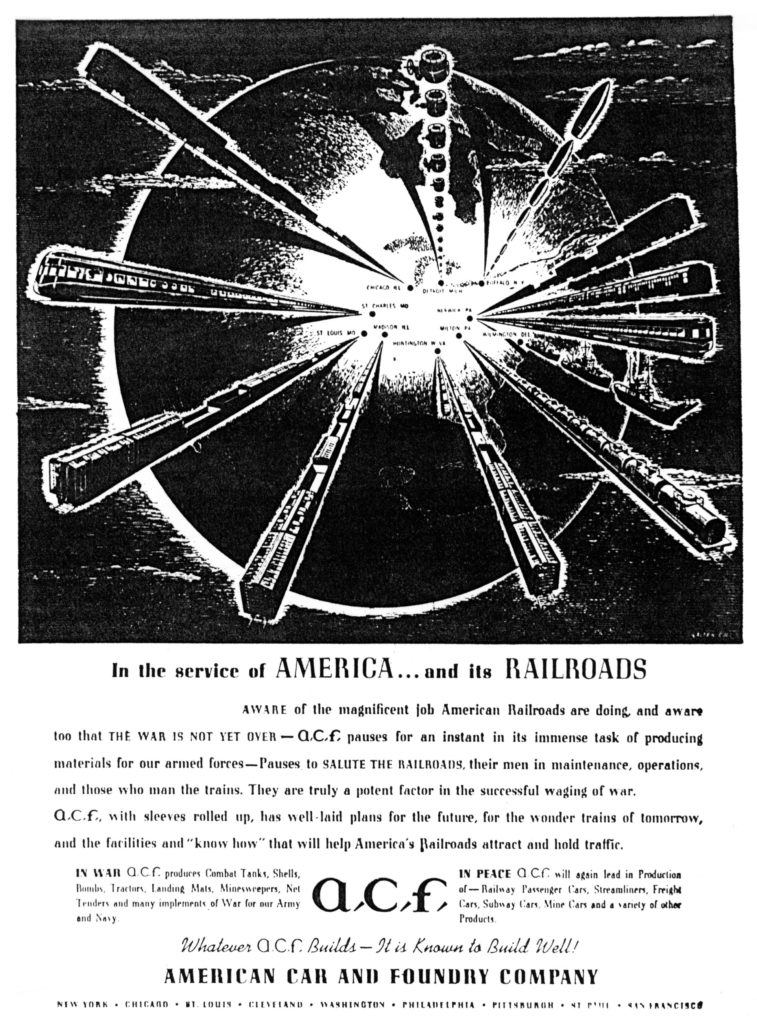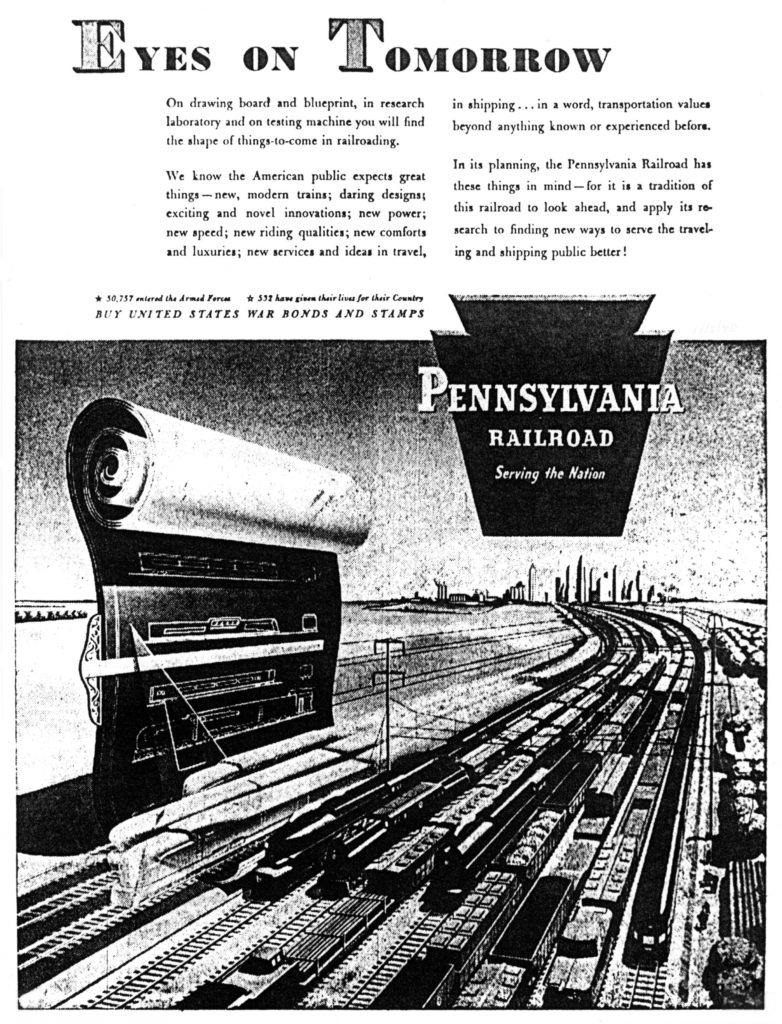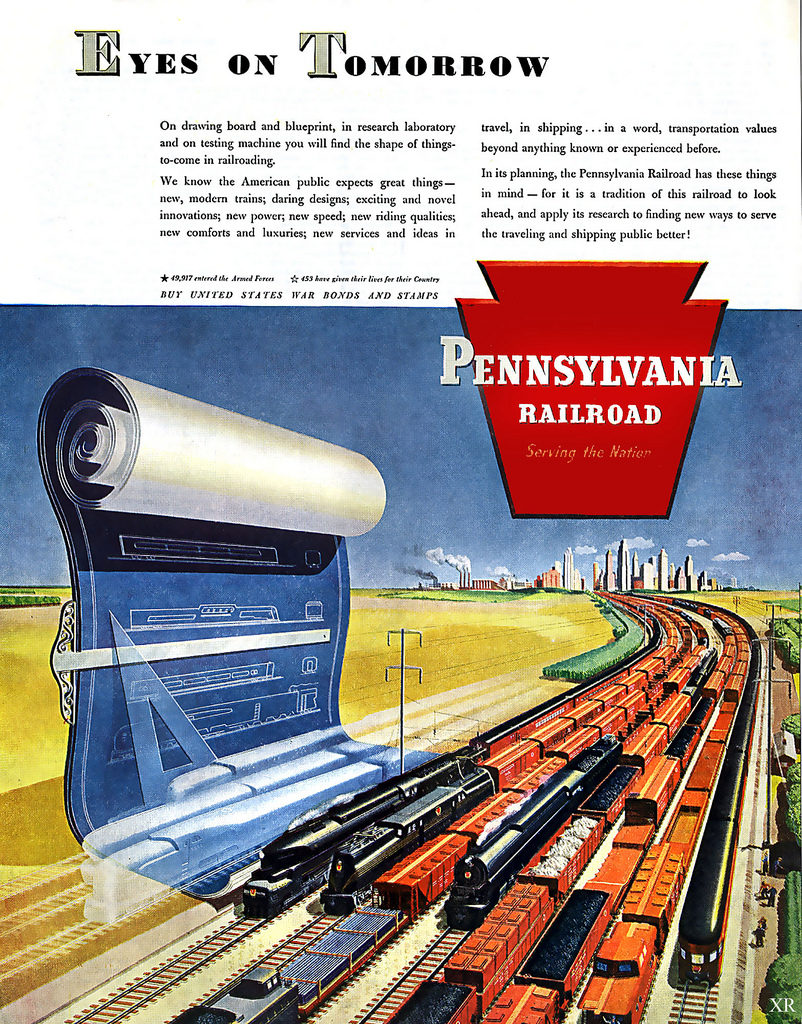This advertisement – from The Philadelphia Inquirer of April 1, 1919 – has nothing whatsoever to do with technology.
But, it is fascinating, in its depiction of a product and an era.
In fact, in its own way, it’s kind of cool.
Promoting Murad Turkish cigarettes, a man and woman – husband and wife? (could be…) – “friends with benefits” – 1919 style? (good possibility…) – members of the upper crust? – (very, very likely…) delve into a treasure chest, and discover a box of Murad cigarettes, an example of which is also displayed in the lower-left corner of the ad. They’re both dressed in Eastern-inspired finery; the man in a flowing robe and faux-Pharonic turban; the woman in a bejeweled headdress.
Or in reality, a very-much imagined, very-much fantasized version of such finery.
The Stanford University’s School of Medicine has an interesting commentary on the origin and nature of this kind of advertising, at Stanford Research into the Impact of Tobacco Advertising:
“In the early 1900s, manufactures of Turkish and Egyptian cigarettes tripled their sales and became legitimate competitors to leading brands. The New York-based Greek tobacconist Soterios Anargyros produced the hand-rolled Murad cigarettes, made of pure Turkish tobacco. P. Lorillard acquired the Murad brand in 1911 through the dissolution of the Cigarette Trust, explaining the high quality of the Murad advertisements in the following years.
Murad, along with other Turkish cigarette brands referenced the Oriental roots of their Turkish tobacco blends through pack art and advertising images. They also capitalized on the Eastern-inspired fashion trends of the time, which were inspired by the Ballets Russes (1909-1929) and its performance of Scherazade. The vibrant colors, luxurious jewels, exoticism and suggestive nature of the images in these advertisements contributed greatly to their appeal.
Women drenched in pearls, jewels and feathers, wearing harem pants or flowing dresses, were paired in the ads with men in expensive suits or in exotic turbans. The Orientalism, exoticism and luxury are evoked through Eastern-inspired garb accentuated the Turkish origins of the tobacco and presented it in an alluring, modern light. Indeed, the women in these ads, in particular, is seen as less of a reflection on Victorian femininity than a fantasy of an exotic enchantress from a foreign land or a modern woman shedding the shackles of Victorian propriety.”
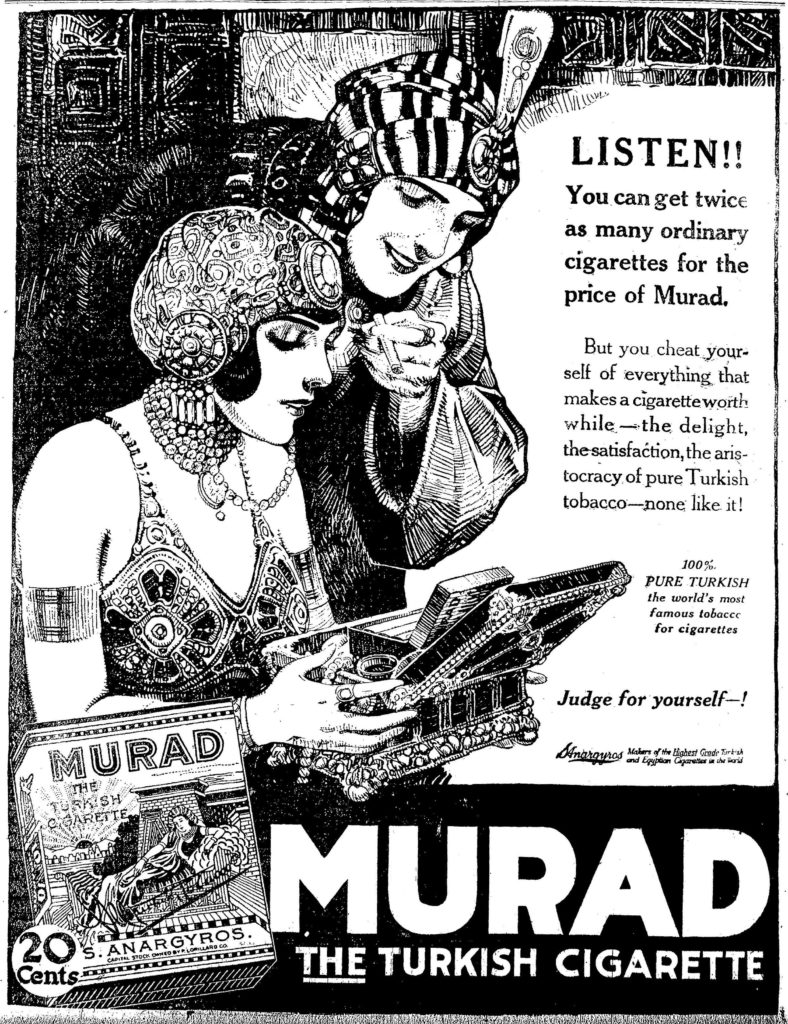 An example of a Murad cigarette package produced by Soterios Anargyros, from Pinterest Turkish Cigarette Page – as depicted in the ad – is shown below.
An example of a Murad cigarette package produced by Soterios Anargyros, from Pinterest Turkish Cigarette Page – as depicted in the ad – is shown below.
